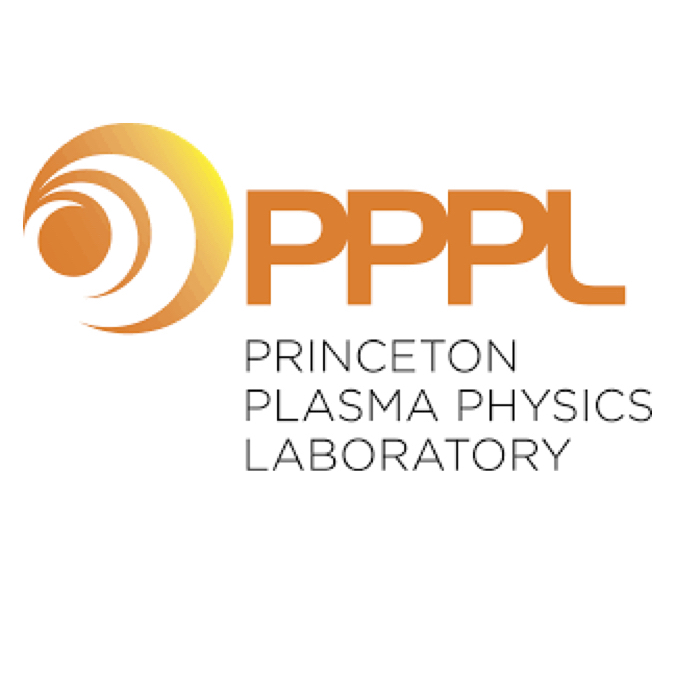Surrogate Model of NUBEAM Based on Deep Learning to Enable Fast Transport Simulations for EAST
Z. Wang, S. Morosohk, T. Rafiq, E. Schuster, M.D. Boyer, W. Choi
11th ITER International School on “ITER Plasma Scenarios and Control”
San Diego, California, USA, July 25-29, 2022
The NUBEAM code [1] is used to simulate effects caused by the neutral
beam injection (NBI) system, such as plasma heating, power deposition,
current drive, total neutron rate, momentum transfer, and shine-through.
It is a comprehensive but computationally intensive module since it relies
on Monte Carlo methods. The goal of this work is to develop a surrogate
model for NUBEAM for EAST with the capability of generating the same prediction
results in a significantly shorter execution time. This goal is achieved
by employing deep-learning techniques in this work. Experimental discharges
from recent EAST campaigns have been studied by running TRANSP simulations
with the NUBEAM module active. The generated data has been used to create
a database for both training and validation of the neural-network model.
Simulations of the NBI effects using the proposed surrogate model illustrate
that it has the capability of replicating the predictions by NUBEAM while
extremely reducing the computational time, which makes fast transport
simulations for EAST possible after its integration into COTSIM (Control
Oriented Transport SIMulator).
[1] A. Pankin, D. McCune, R. Andre, G. Bateman, A. Kritz, “The tokamak Monte Carlo fast ion module NUBEAM in the National Transport Code Collaboration library,” Computer Physics Communications, 159(3):157–184, 2004.
*Supported by the US DOE under DE-SC0010537.







